Their love story started with a dance.
In 1964, Ken Huddleston volunteered to help the girls’ dorm prepare for a talent show.
He met his square dance partner, a beautiful, blue-eyed blond senior named Kay, and thought, “This is too good to be true.”
Ken made a good impression on Kay, too.
“He was very personable and a lot of fun,” she recalled. “We had a lot of laughs.”
And handsome?
“You bet,” she said, glancing at her husband. “He still is.”
Now, after more than 56 years of marriage, the dance still goes on for Kay and Ken Huddleston.
The steps have changed since Kay’s diagnosis of Alzheimer’s disease two years ago.
But the couple remains in sync—and in love.
As they sat side by side on their couch in their Grand Rapids-area home, the Huddlestons talked about how they nurture their relationship through the changes brought by time—and Alzheimer’s.
The blond hair of their youth is now a snowy white. But their blue eyes still sparkle. Laughter and smiles come easily.
Together, with support from their medical team, family and friends, they have crafted a daily routine that strengthens Kay and nurtures their relationship.
That can be a difficult balancing act, but worth the effort, Ken said.
“We believe Kay is doing exceptionally well because of the 57 years of our love and commitment to each other, because of the team of doctors we have, and our team of friends and relatives who have really pitched in,” he said.
Their faith plays a powerful role, also.
“The Lord works good things if you follow his direction,” Kay said.
Mary McPhail-Ciufo, DO, a Spectrum Health neurologist, has a deep admiration for the way Kay and Ken walk a fine line between acceptance and optimism.
Even as they deal with Alzheimer’s, their relationship comes first.
“This is a love story,” Dr. McPhail-Ciufo said. “What drives Ken to do everything he does to help her is love. And this works for Kay and Ken because she loves and trusts him.”
College sweethearts
Kay and Ken married in 1965, after they both graduated from Illinois State Normal University. Both followed careers dedicated to education.
Kay began working as an elementary school teacher, and Ken began a career in technical education, which eventually led to a job as a professor at the University of Wisconsin.
From the beginning, Ken relied on Kay’s calm steadiness.
“She was very mature,” he said. “She had a lot of depth to her and was quite a strong Christian girl.”
Kay left teaching after their daughter, Cheryl, was born. She returned to work later as a reading specialist.
After retirement, the couple moved to Grand Rapids, Michigan, to live near their daughter and three grandchildren.
Ken traces the first signs of Alzheimer’s to fall 2018.
One day, he said, “Kay woke up and you could tell her brain and body were moving slow.”
Her doctors believe she had a TIA, or transient ischemic attack, a brief interruption of blood flow to the brain that causes stroke-like symptoms.
Over the next couple of years, her energy level seemed to decline.
Kay continued to handle the household finances but “banking and financing were harder to do,” Ken said. “She was maybe 15% slower on math and finance.”
Concerned by the changes, the Huddlestons met with the Spectrum Health neurosciences team. In 2020, Kay underwent several tests, including a PET scan and a spinal tap.
When Dr. McPhail-Ciufo confirmed that Kay had Alzheimer’s, the couple worked to keep the diagnosis in perspective.
“We weren’t afraid, and we weren’t shocked,” Ken said.
Kay, now 80 years old, said she understands a serious illness is possible at her age.
“Everybody has something,” Kay said.
She has felt grateful for a medical team that helped her navigate the coming changes—“loving people who enjoy what they are doing.”
She takes medications to treat symptoms of dementia.
She also has enrolled in a clinical trial testing an experimental medication for Alzheimer’s by Cassava Sciences.
And she does speech and cognitive therapy exercises.
“I think that is really helpful,” Dr. McPhail-Ciufo said. “It is keeping all the parts of her brain very active.”
A calming routine
Another key to Kay’s well-being: the home program that Ken has developed.
Every day they follow the same schedule for meals, naps and therapy sessions.
Ken aims to keep their routine “slow and calm and gentle,” to avoid causing any stress to Kay.
He prints each day’s schedule in large letters, including any scheduled visits, and leaves it in the foyer, so Kay can follow it.
“Kay is never bewildered as to what is happening,” he said.
As much as possible, they work together on daily chores. They make meals together. They clear the table and do dishes.
Ken provides gentle coaching for Kay, encouraging and reminding her—while making sure she is not overwhelmed.
“Kay drives the bus,” Ken added. “If she is having a slower or weaker day cognitively or physically, we adjust the day.”
Prayer and kazoos
Five days a week, aides arrive at their home after lunch to guide Kay through a 2.5-hour session that includes chair exercises as well as speech and cognitive therapy exercises developed by a speech pathologist.
Kay and her “gal pals” play kazoos—that helps her lung power. They complete worksheets that ask about daily activities and objects.
They sing hymns and read Bible devotionals, incorporating Kay’s faith into their sessions.
For memory exercises, they draw on a collection of laminated cards containing Bible verses created by Kay 50 years ago.
“Be joyful in hope, patient in affliction, faithful in prayer,” reads one.
The exercises help her brain keep working, Kay said.
“If you don’t work on it, nothing good’s going to happen,” she said.
Fun times have their own place on the schedule.
Every Friday, Ken and Kay have movie night. They usually pick out a lighthearted romantic comedy.
Saturday is date night. They wear their fancy pajamas, light candles and put a fire in the fireplace. They often watch the rest of the Friday-night movie.
Marriage comes first
Creating their schedule took creativity and perseverance on Ken’s part, Dr. McPhail-Ciufo said.
As he first developed their schedule, she talked with him about the importance of putting a priority on their relationship as husband and wife.
Those with Alzheimer’s often feel a sense of loss as their spouse becomes their caregiver.
“They say it feels lonely. They lose the relationship in the way that they used to have it,” Dr. McPhail-Ciufo said. “You are losing your memories, but you don’t want to lose yourself and your identity as well.”
Those who are early in the course of the disease have told Dr. McPhail-Ciufo, “They just want to be treated normally as much as possible.”
And Ken does exactly that, Dr. McPhail-Ciufo said—nurturing their relationship with date nights, movie nights and sharing household chores.
‘Beautiful moments’
In May 2021, Kay began taking part in a national clinical trial by Cassava Sciences testing whether its drug simufilam improves cognition in Alzheimer’s patients. She takes a pill twice a day—but does not know whether it is the experimental drug or a placebo.
Every three months, the Huddlestons go to Canton, Ohio, to meet with the research team and undergo testing.
Ken charters a private plane for the trip. He wants to keep disruption caused by travel to a minimum for Kay.
“It is a hard visit,” he said. “It is physically and mentally exhausting.”
Dr. McPhail-Ciufo’s assessments of Kay show that her Alzheimer’s disease is progressing. But her abilities have declined at a slower pace than is typical.
“Looking at that context, I feel whatever they are doing is helpful,” Dr. McPhail-Ciufo said.
She especially admires the way the Huddlestons have held each other close in face of a diagnosis that frightens many.
“It may be difficult, but there are still a lot of beautiful moments in life,” Dr. McPhail-Ciufo said. “If we take it as a creative challenge, we tend to do a little better.”
Seeking hope
Ken acknowledges that facing Alzheimer’s is not easy.
“We had our struggles when she first got this disease,” he said. “It is easy to lie in bed and lose hope instead of letting God speak to you with hope.”
Family members helped him do research as he created the schedule, enrolled Kay in a clinical trial and arranged for speech therapy.
His next-door neighbors brought over dinner every day for five months.
“This has taken a lot of digging, in terms of strength, energy and commitment,” Ken said. “I think we have learned how to dig deep into the love bucket and be selfless.”
He and Kay recalled all the years she took care of him—handling the cooking and finances and other household chores.
“I spoiled him,” she said with a smile.
“It’s true,” Ken said. “I had it made in the shade.”
For both, their relationship still runs on love. And joy.
“I love him dearly,” Kay said.
“She has tremendous joy,” Ken said. “She has not let adversity steal her joy.”

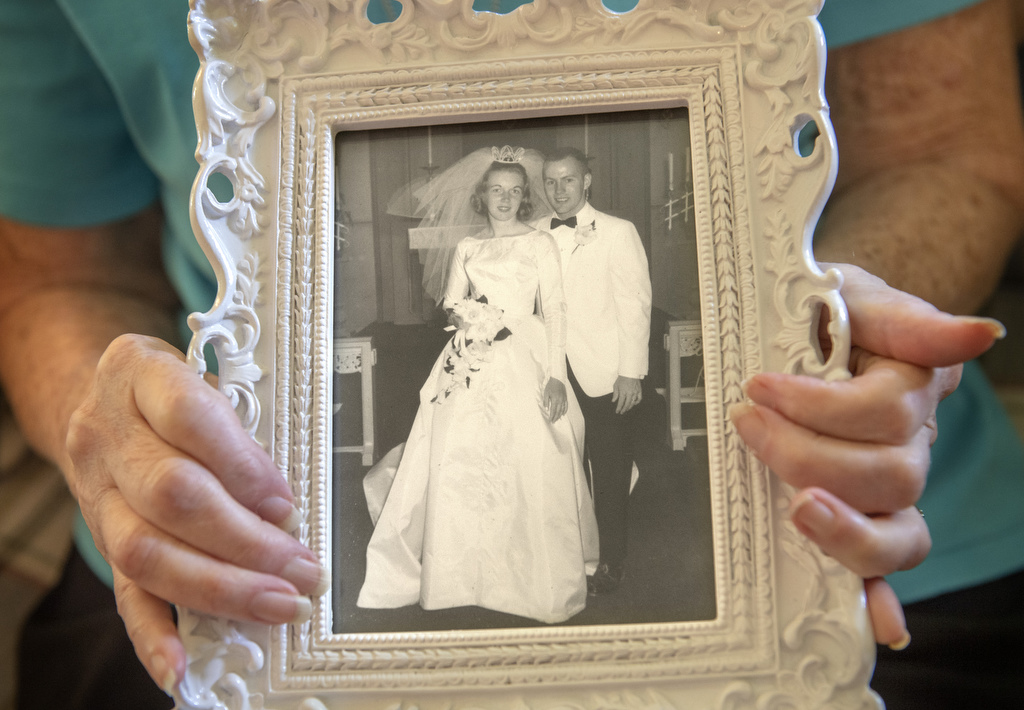








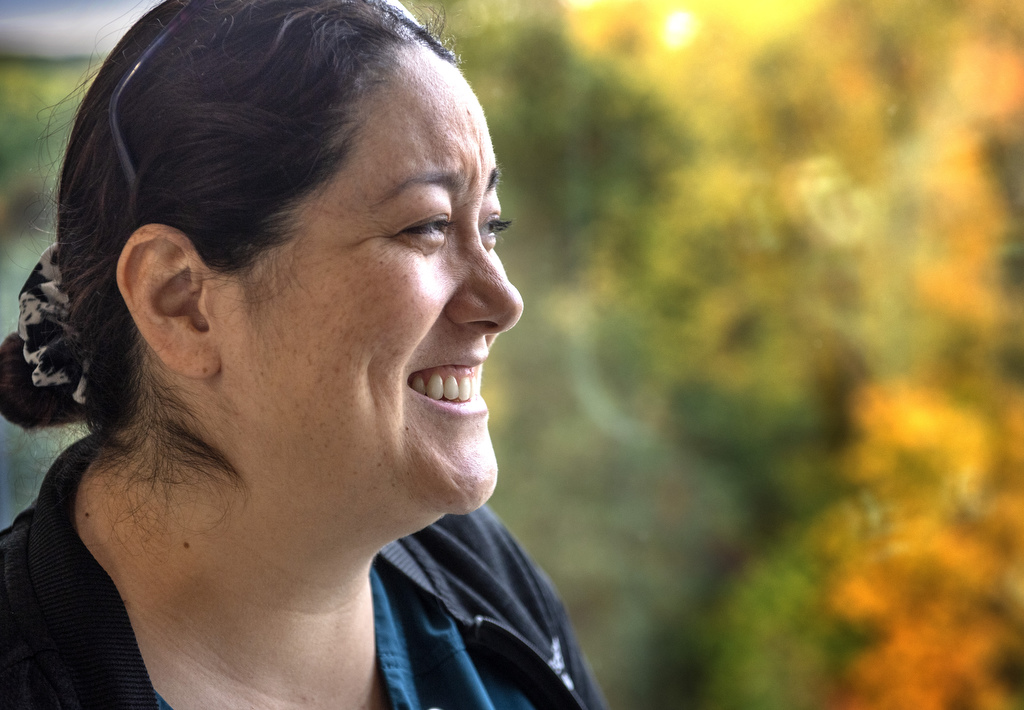
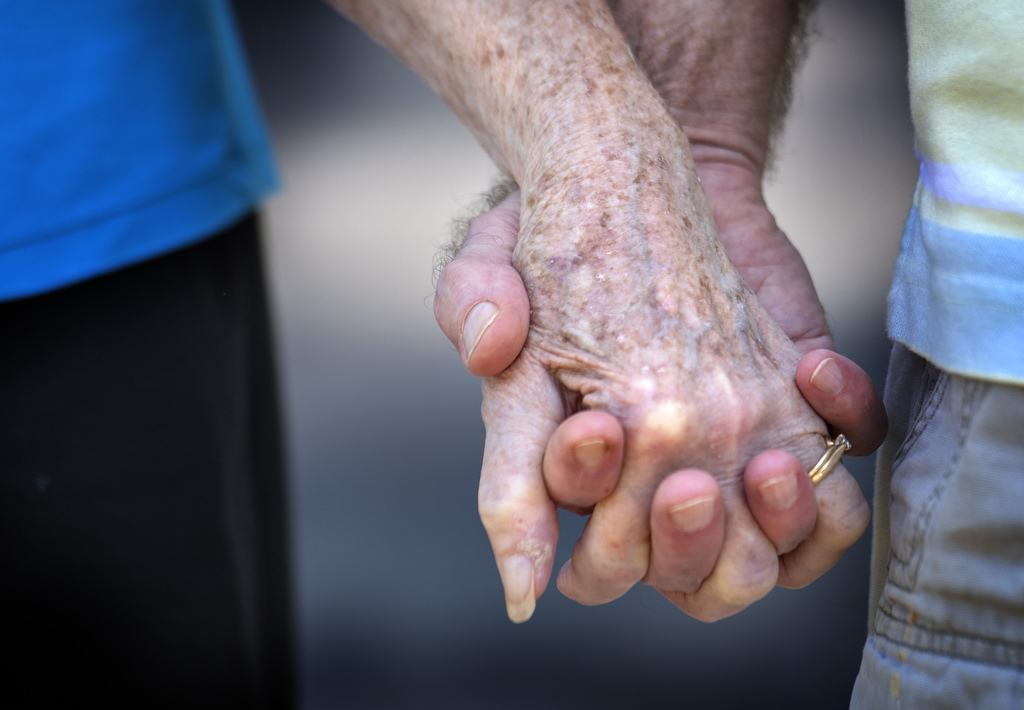
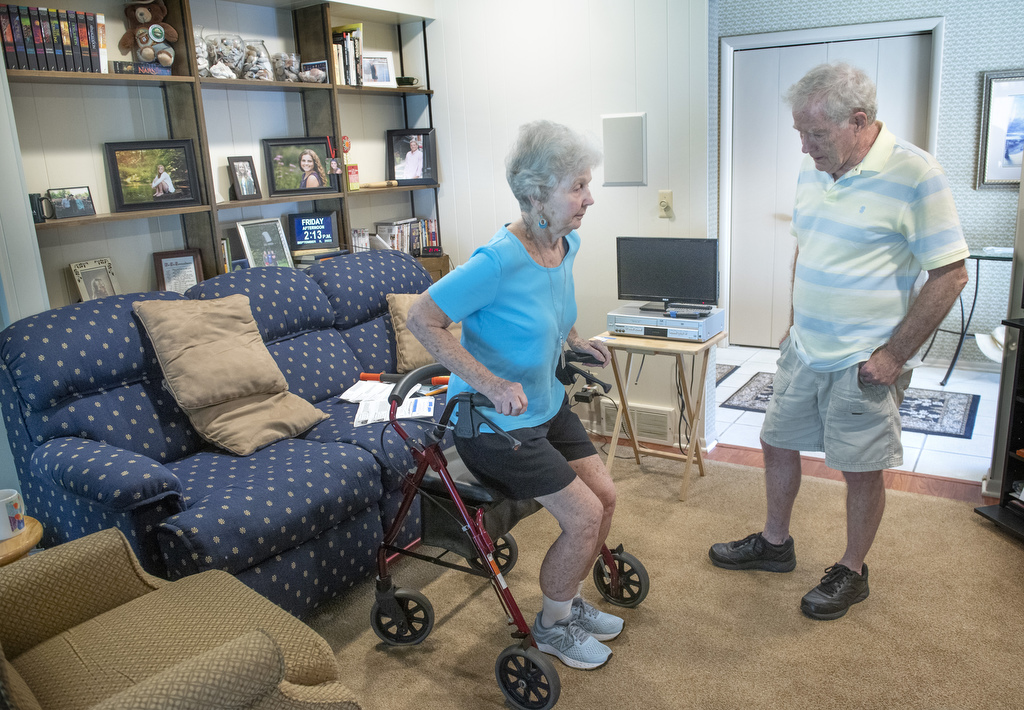




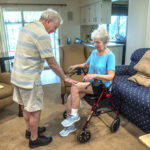
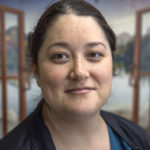

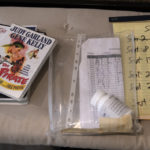







 /a>
/a>
 /a>
/a>
 /a>
/a>
I am glad to see there is more support out there for Alzheimer’s patients and their caregivers. Twelve or so years ago when my (late) husband was diagnosed, there was nothing. They basically diagnosed him and sent us home. There was no support, no therapy, nothing. What a blessing this is changing. Blessings to Kay and Ken.
Ken is my cousin. Over the years we have kept in touch although we haven’t seen each other in person. This article did not surprise me because I know what a loving, caring man he has always been and I know that Kay has always been the same. I’m very happy that both he and Kay are meeting this challenge head on together. What a wonderful couple they are. My prayers are with them each and every day.
What a beautiful story . God’s work is never finished and his love shines thru these very special people.
Tears in my eyes as I read about how well you both love each other.